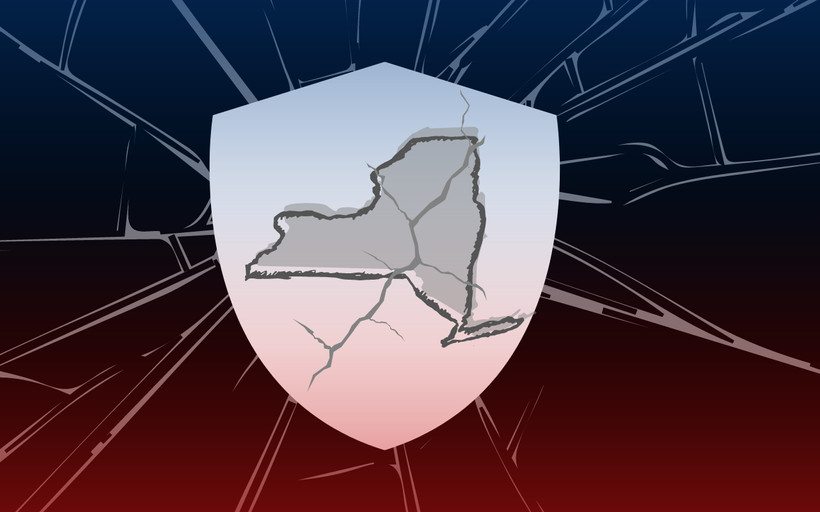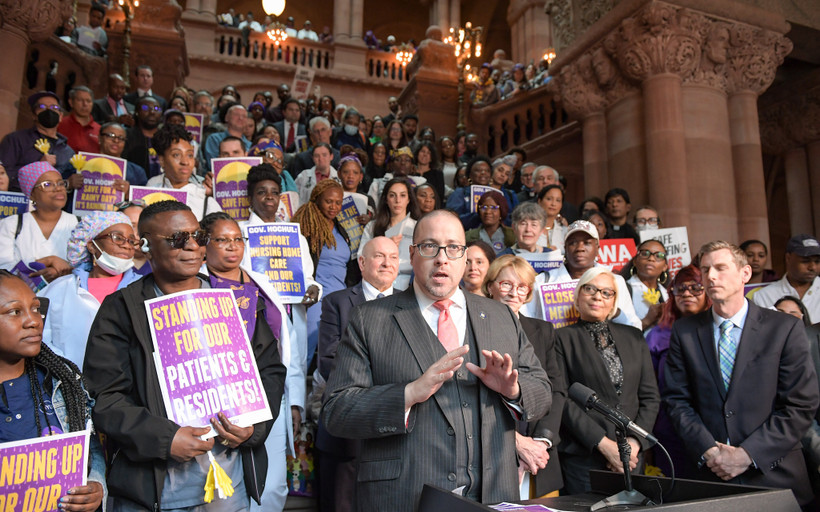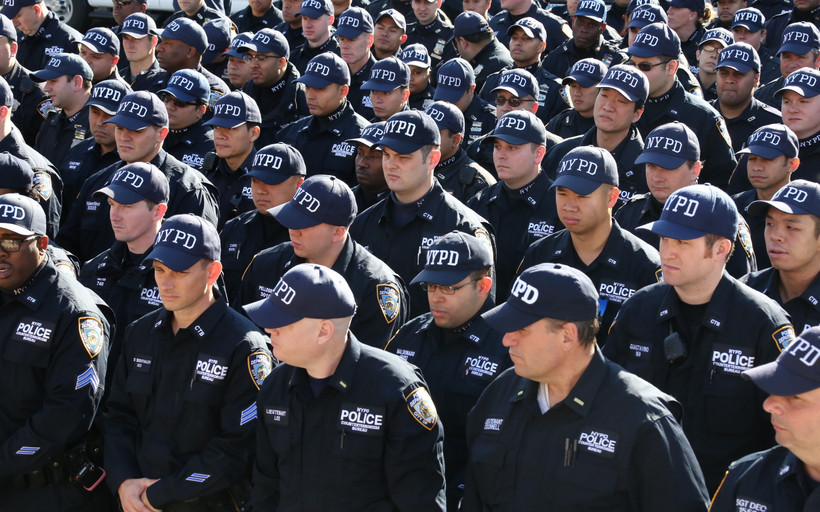Cop Shooting Highlights Slow Start for City Effort to Remove Police from 911 Mental Health Emergencies
The shooting occurred in the program’s pilot area, but even there, police still respond to four out of every five crisis calls - more than twice as many as the city had initially projected.

Previously unreleased disciplinary files expose officers who beat, slap, and pepper spray the residents they’re supposed to protect. Most are back at work within a month.
Local regulations haven’t kept up with the rollout of new surveillance tech. Some reformers see Washington as their best hope.
Stark disparities in access to life-saving medication for opioid addiction persist between facilities — and racial groups.
Hochul’s proposed Medicaid cuts include $125 million from Health Homes, a program that connects the neediest New Yorkers with medical care, food assistance, and more.
New York legislators have a plan to claim billions in federal funding for health care, driving a fight between industry groups.
The former budget director’s role may break a law meant to keep ex-state employees from monetizing insider knowledge.
Referencing a New York Focus story, Assemblymember Jessica González-Rojas introduced legislation to prevent public agencies from naming the medically discredited condition in their reports.
In the New York City teachers union, anger over a plan to privatize retiree health care could send a longshot campaign over the edge.
Migrants from Mauritania and Senegal were the most likely to receive eviction notices, but not the most populous groups in shelters, a New York Focus analysis found.


